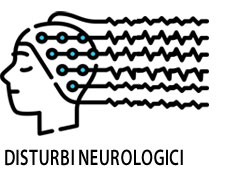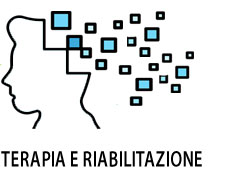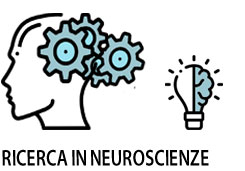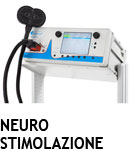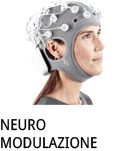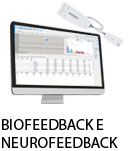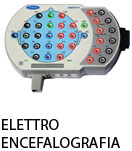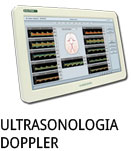- +39 011 5821948
- info@geasoluzioni.it
- Lun - Ven 8:00 - 17:00
Neuromodulatory transcranial magnetic stimulation (TMS) changes functional connectivity proportional to the electric-field induced by the TMS pulse
- Abstract:
- Objective Transcranial magnetic stimulation (TMS) can efficiently and robustly modulate synaptic plasticity, but little is known about how TMS affects functional connectivity (rs-fMRI). Accordingly, this project characterized TMS-induced rsFC changes in depressed patients who received 3 days of left prefrontal intermittent theta burst stimulation (iTBS). Methods rs-fMRI was collected from 16 subjects before and after iTBS. Correlation matrices were constructed from the cleaned rs-fMRI data. Electric-field models were conducted and used to predict pre-post changes in rs-fMRI. Site by orientation heatmaps were created for vectors centered on the stimulation site and a control site (contralateral motor cortex). Results For the stimulation site, there was a clear relationship between both site and coil orientation, and connectivity changes. As distance from the stimulation site increased, prediction accuracy decreased. Similarly, as eccentricity from the optimal orientation increased, prediction accuracy decreased. The systematic effects described above were not apparent in the heatmap centered on the control site. Conclusions These results suggest that rs-fMRI following iTBS changes systematically as a function of the distribution of electrical energy delivered from the TMS pulse, as represented by the e-field model.
- Patologie/Applicazioni:
- Anno:
- 2024
- Tipo di pubblicazione:
- Articolo
- Parola chiave:
- TMS; stimolazione magnetica transcranica; theta burst; Neuronavigazione; Modellazione del campo elettrico; fMRI
- Testata scientifica:
- Scientific direct
- Mese:
- 09
- Nota:
- In questo studio gli autori esplorano la capacità della stimolazione intermittente con theta burst di influenzare la connettività funzionale del sistema nervoso centrale, strumento d’elezione per lo studio della funzionalità cerebrale. Tramite lo studio di segnali di coerenza nelle fluttuazioni a bassa frequenza del segnale BOLD (blood oxygen level dependent) è possibile identificare network di connessioni all’interno del cervello. Gli autori trovano relazioni evidenti tra il sito di stimolazione con coil e l’orientazione della bobina e i cambiamenti nella connettività funzionale. Nello studio viene utilizzato uno stimolatore Magventure MagPro X100 con una bobina B65 (attivo/placebo) e i risultati del trattamento possono essere predetti tramite l’uso di modelli di campo elettrico, che potrebbero permettere in futuro di predire l’esito della stimolazione magnetica transcranica. Allo studio partecipano 16 soggetti con diagnosi di disturbo depressivo maggiore e/o disturbo depressivo persistente, stimolati 2400 impulsi al giorno per 3 giorni al 70% della soglia motoria. Resting state functional MRI (rs-fMRI) sono state eseguite prima e dopo il trattamento per valutare i cambiamenti causati dalla TMS.
- DOI:
- 10.1016/j.clinph.2024.06.007
Hits: 389
La nostra storia
GEA soluzioni si affaccia nel 2013 al mercato della strumentazione medicale di alto livello tecnologico ma la sua storia parte da più lontano, clicca qui per approfondire.
GEA SOLUZIONI SRL
via Spalato 72/A, Torino
Tel.: 011 5821948 / 011 4463853
Fax: 011 0433281
Email: info @ geasoluzioni.it
P. IVA IT11696920013
REA TO1233648

